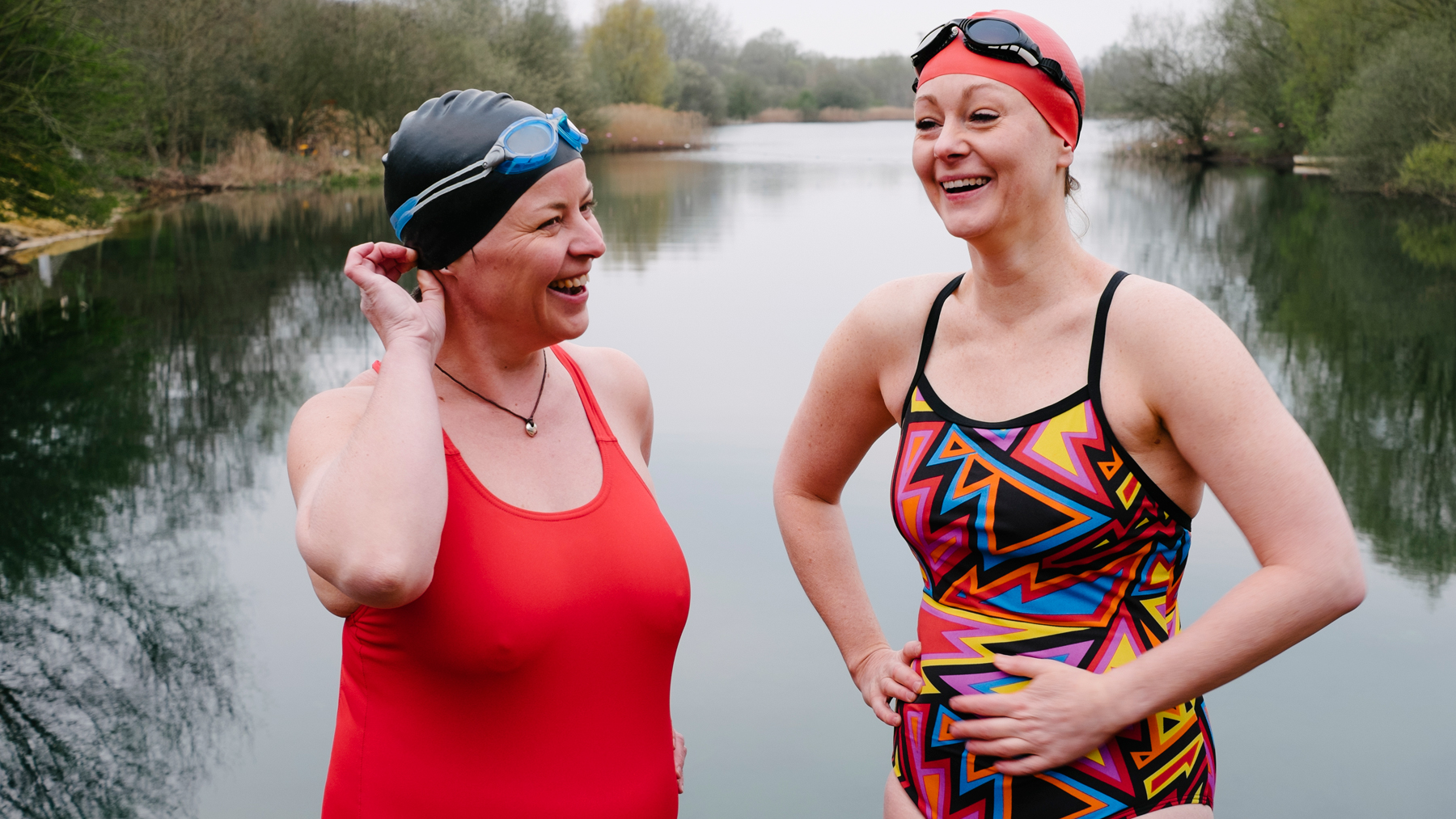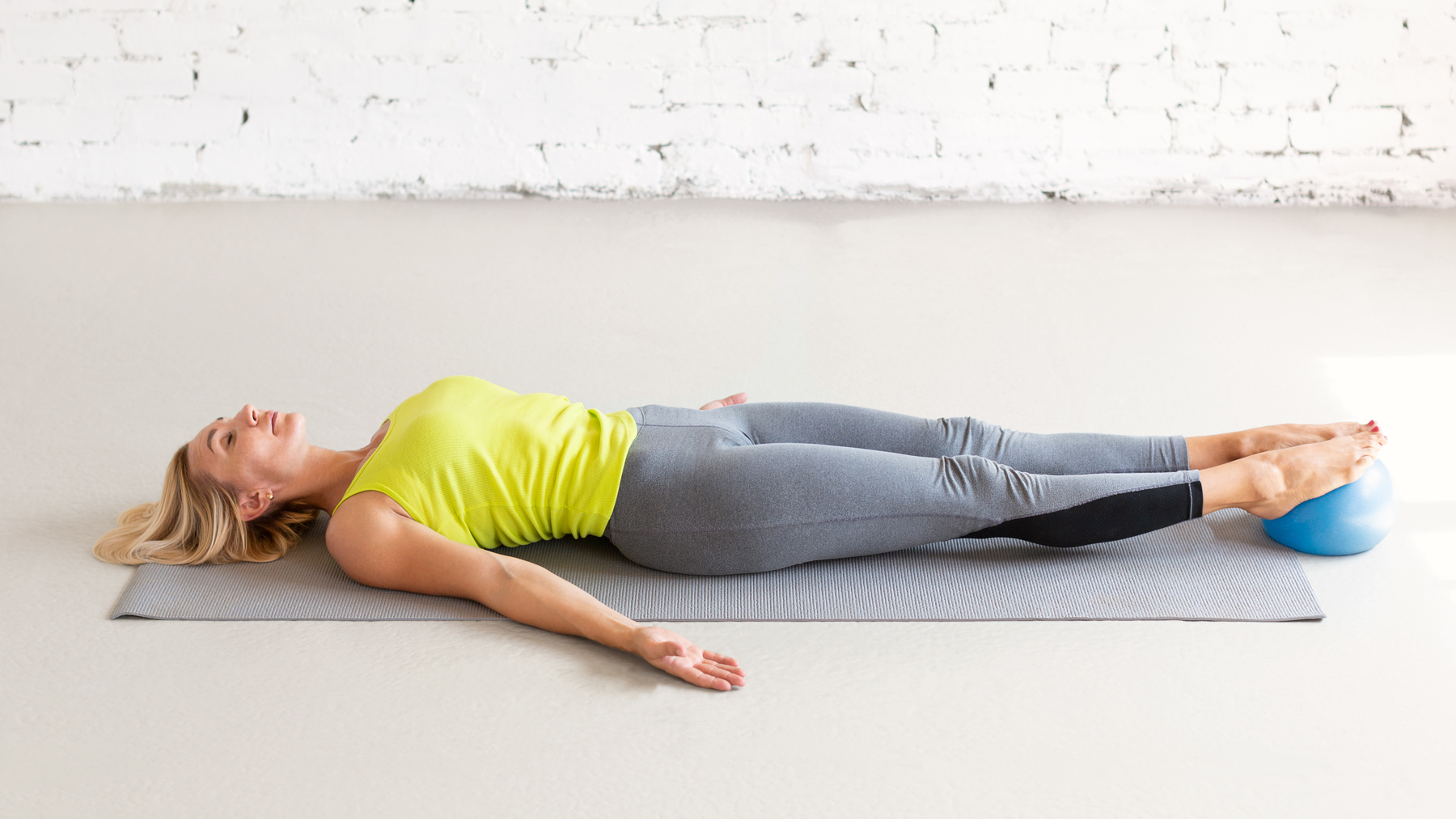Pelvic floor exercise can help protect your health as you age – Here’s how it’s done
Looking after your pelvic floor can make life a lot easier when you're older and it takes up very little time


While it's nice to like what you see in the mirror, it's also important to focus new year fitness goals around your overall health and wellbeing too. This is what matters the most as you age, and exercising your pelvic floor is one thing you might want to start doing now.
People love convenience when it comes to working out, which is why things like the best at-home chest workouts or the best workouts for abs are so popular with those who prefer to exercise at home. Some extra pelvic floor movement in your next home-gym session will only add minutes to your training, but will offer lasting benefits.
The pelvic floor is often associated with pregnant women because these muscles are worked harder than normal during pregnancy as they support the weight of the baby. But it isn't just pregnant women who benefit from having strong muscles down there.
Both men and women have a pelvic floor and both can benefit from strengthening these muscles. If these muscles are weak then you put yourself at greater risk of experiencing a painful prolapse that can happen when a pelvic organ slips out of place, or you might suffer from bladder incontinence, and some notice it affects their sex life.
This 2019 study found that two-thirds of women who suffered from any kind of urinary incontinence but had pelvic floor muscle training noticed improvements or cures compared to just a third of women who underwent no treatment or inactive treatment. So avoid putting off this kind of exercise and find out how to do it below.

How can I exercise my pelvic floor?
Intimate Health Expert Stephanie Taylor at Kegel8 has shared how you can exercise and strengthen your pelvic floor correctly and safely at home to help protect these important muscles as you age.
Set aside five minutes for this time-effective workout. Start by sitting, standing, or lying with your knees slightly apart. Slowly tighten the muscles in your pelvic floor muscles beginning with your anus (this is where the largest part of your pelvic floor muscle is located). Taylor says that this action should feel like you are trying not to pass wind. Now, tighten around your genital area and lift or 'suck up' your muscles as hard as you can. Hold this and count to five, relax, then repeat for five times more.
Start your week with achievable workout ideas, health tips and wellbeing advice in your inbox.
Taylor says to repeat this but faster now. Hold in for two seconds and relax for two seconds, repeating this five times as well. As your pelvic floor muscles strengthen, try and increase the length of time you 'squeeze and lift' for. Aim to hold each move for ten seconds.
As with any form of workout or exercise, the more you practice it the more you will build strength and tone. The earlier you start completing this kind of exercise the stronger your pelvic floor muscles will be as you grow older, helping to support your uterus, bladder, small intestine, and rectum.
Engaging your abs in exercise can also help strengthen your pelvic floor muscles. You might want to try out different ways of activating this area – one of our best ab rollers is a handy tool for engaging the core.
Jessica is an experienced fitness writer with a passion for running. Her career in journalism began in local news and she holds a Masters in journalism. Jessica has previously written for Runners World, penning news and features on fitness, sportswear and nutrition.
When she isn't writing up news and features for Fit&Well covering topics ranging from muscle building, to yoga, to female health and so on, she will be outdoors somewhere, testing out the latest fitness equipment and accessories to help others find top products for their own fitness journeys. Her testing pairs up nicely with her love for running. She recently branched out to running 10Ks and is trying to improve her time before moving on to larger races. Jessica also enjoys building on her strength in the gym and is a believer in health and wellness beginning in the kitchen. She shares all of this on her running Instagram account @jessrunshere which she uses for accountability and for connecting with like-minded fitness lovers.
